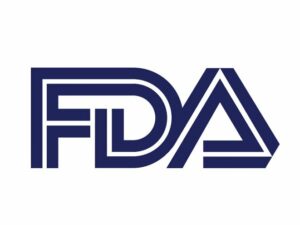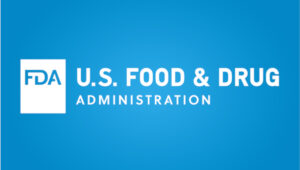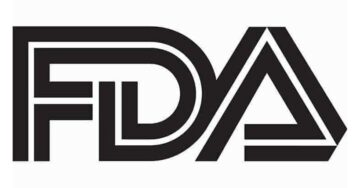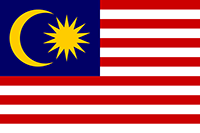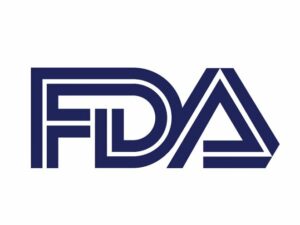The new article highlights aspects related to the key concepts, such as “legal manufacturer” and “manufacturing unit”, and also outlines the requirements for sterilization and labeling.
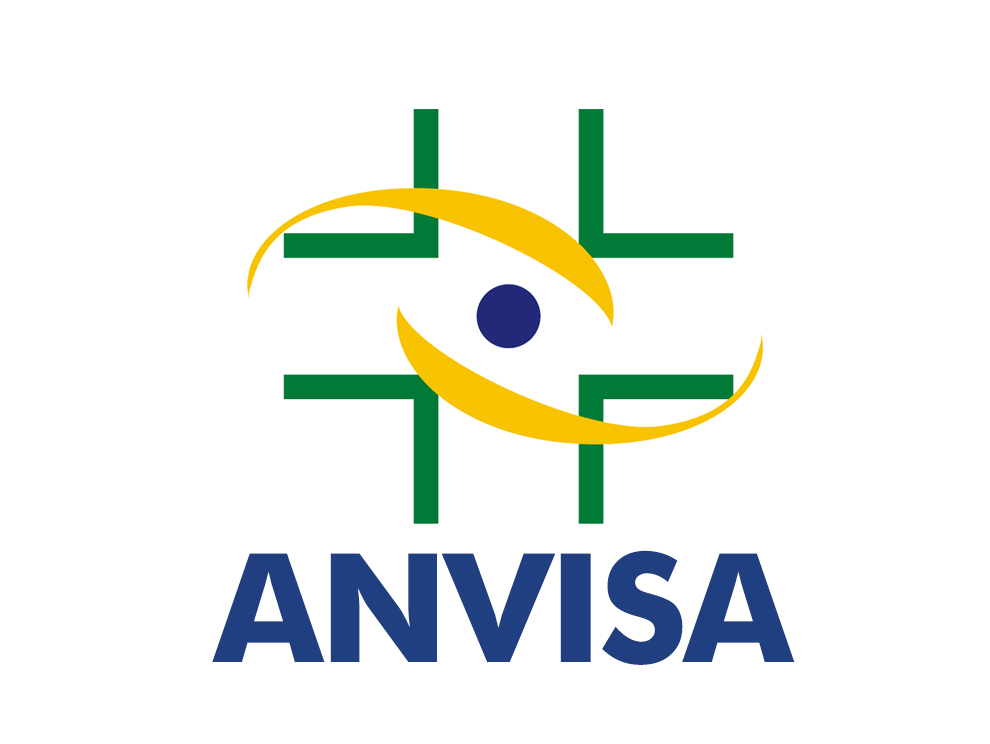
Table of Contents
The Brazilian regulating authority in the sphere of healthcare products (ANVISA) has published a guidance document dedicated to the importation of medical devices. The document describes in detail the applicable procedures and requirements and also provides additional clarifications and recommendations to be considered by medical device manufacturers, importers, and other parties involved in order to ensure compliance. At the same time, provisions of the guidance are non-binding in their legal nature and are not intended to introduce new rules or impose new obligations. The authority also reserves the right to make changes to the guidance and recommendations provided therein, should such changes be reasonably necessary to reflect corresponding amendments to the underlying legislation.
The document describes, inter alia, the key concepts used in the context of medical device importation, including the following ones:
Legal Manufacturer
As set forth by the applicable legislation, the legal manufacturer stands for a legal entity, public or private, with responsibility for the design, manufacture, packaging, and labeling of a product with the intention of making it available for use under its name, these operations being carried out by the entity itself or by third parties on its behalf. The authority additionally emphasizes the importance of ensuring that the manufacturer indicated for the purpose of medical device registration is the same as indicated on the international labeling of the product. Furthermore, the manufacturer indicated in the Import License should meet the above definition of a legal manufacturer.
Manufacturing Unit
In accordance with the applicable regulations, a manufacturing unit is a place where one or more manufacturing steps are conducted and could be a legal manufacturer, a contracted manufacturer, or the original manufacturer of a product. Any changes to the manufacturing units should be reported to the authority.
Sterility of Devices
The document also outlines special considerations applicable in the case of sterile medical devices. In this respect, the authority additionally emphasizes that any products intended to be supplied in a sterile state should already be imported in this condition, with proof of sterility to be provided to the authority. The exact process that applies in order to ensure sterility should meet the description provided in the labeling. Furthermore, the authority mentions that sterilization information should be verified on the sterilization voucher attached to the electronic dossier of the import process and on the international labeling of the product. The aforementioned proof of sterility the authority expects the party responsible for the product to provide should contain an indication of the specific sterilization method used, its validation details, as well as the number of the product in order to ensure traceability. The said document could be issued either by the medical device manufacturer itself or by a third party acting on its behalf. It is also important to mention that in the event of any discrepancies with respect to information related to sterilization, importation will be prohibited.
Storage and Transportation
The document also emphasizes the importance of ensuring the original manufacturer’s instructions with respect to storage and transportation conditions are followed to the letter. In this respect, two concepts apply:
- Storage temperature is the one to be maintained for storing packed, unused products. This information should be clearly indicated on the label.
- Transportation temperature is comprised of the temperature and ambient conditions acceptable for the transportation of products, and sometimes could even differ from those recommended for storing them. Usually, this temperature is not indicated in the labeling. At the same time, for products transported under such conditions, it is necessary to indicate this information in the course of regularization.
The authority also mentions that differences in information regarding the storage temperature and transportation temperature that are not validated in the regularization process are giving rise to sanitary irregularities. Moreover, stress studies conducted to validate the storage and transport temperatures of the product should be presented in the course of regularization. However, this data will not be analyzed at the time of import approval.
Labeling
Under the general rule, secondary or primary transport packaging for medical devices used for importation should contain the comprehensive information necessary for the proper identification of the product and the storage conditions it requires.
In order for the importation of a medical device to be approved, its labeling should, at minimum, contain the following information:
- Commercial name used abroad;
- Model and commercial presentation (code, description, or reference);
- Manufacturer’s name and place of manufacture (full address);
- Batch number or code, serial number, or part number;
- Expiration date;
- Method of sterilization;
- Storage temperature.
The authority also mentions that certain adjustments to the labeling could also be made in the country once the product is released from customs; however, certain aspects are to be checked, namely:
- Modifications to labeling, without violating the outer packaging, could be introduced by the registration holder, provided it also holds authorization for importing medical devices;
- Should modifications to labeling require violation of the secondary packaging and subsequent repackaging of the medical device in question, it could only be conducted by the companies authorized to manufacture, package, and repackage medical devices.
The above approach could be applied when adding minor information and missing dates without altering them. The authority explicitly states that it cannot be used for making changes to the details on:
- Legal manufacturer;
- Sterilization method;
- Storage temperature;
- Model, commercial presentation, references to parts and accessories
In summary, the present ANVISA guidance highlights certain specific aspects related to the information to be provided for medical devices being imported. The document describes, inter alia, the applicable requirements for labeling and the information it should contain.
How Can RegDesk Help?
RegDesk is a holistic Regulatory Information Management System that provides medical device and pharma companies with regulatory intelligence for over 120 markets worldwide. It can help you prepare and publish global applications, manage standards, run change assessments, and obtain real-time alerts on regulatory changes through a centralized platform. Our clients also have access to our network of over 4000 compliance experts worldwide to obtain verification on critical questions. Global expansion has never been this simple.
Want to know more about our solutions? Speak to a RegDesk Expert today!
-->- SEO Powered Content & PR Distribution. Get Amplified Today.
- PlatoData.Network Vertical Generative Ai. Empower Yourself. Access Here.
- PlatoAiStream. Web3 Intelligence. Knowledge Amplified. Access Here.
- PlatoESG. Automotive / EVs, Carbon, CleanTech, Energy, Environment, Solar, Waste Management. Access Here.
- PlatoHealth. Biotech and Clinical Trials Intelligence. Access Here.
- ChartPrime. Elevate your Trading Game with ChartPrime. Access Here.
- BlockOffsets. Modernizing Environmental Offset Ownership. Access Here.
- Source: https://www.regdesk.co/anivsa-on-importation-parties-involved-sterilization-and-labeling/?utm_source=rss&utm_medium=rss&utm_campaign=anivsa-on-importation-parties-involved-sterilization-and-labeling
- :has
- :is
- :not
- :where
- 1
- a
- About
- above
- acceptable
- access
- accordance
- acting
- adding
- Additional
- Additionally
- address
- adjustments
- agency
- alerts
- already
- also
- Ambient
- Ambient Conditions
- amendments
- an
- analyzed
- and
- any
- applicable
- applications
- applied
- Apply
- approach
- approval
- approved
- ARE
- article
- AS
- aspects
- assessments
- At
- authority
- authorization
- authorized
- available
- BE
- been
- behalf
- being
- Brazilian
- by
- CAN
- cannot
- carried
- case
- centralized
- certain
- change
- Changes
- checked
- clearly
- clients
- code
- commercial
- Companies
- compliance
- comprehensive
- Comprised
- concepts
- condition
- conditions
- conducted
- considerations
- considered
- context
- Corresponding
- could
- country
- course
- critical
- customs
- data
- Date
- Dates
- dedicated
- definition
- description
- Design
- detail
- details
- device
- Devices
- differ
- differences
- document
- either
- Electronic
- emphasizes
- ensure
- ensuring
- entity
- Even
- Event
- expansion
- expects
- expert
- experts
- fda
- followed
- following
- For
- forth
- from
- full
- Furthermore
- General
- Giving
- Global
- global expansion
- guidance
- Have
- Health
- healthcare
- help
- highlights
- holder
- holds
- holistic
- However
- http
- HTTPS
- Identification
- import
- importance
- important
- importing
- impose
- in
- Including
- indicate
- indicated
- indication
- information
- instructions
- Intelligence
- intended
- Intention
- International
- introduce
- introduced
- involved
- Issued
- IT
- ITS
- itself
- jpg
- Key
- Know
- Label
- labeling
- Legal
- legal entity
- Legislation
- letter
- License
- made
- make
- Making
- manage
- management
- management system
- Manufacturer
- Manufacturers
- manufacturing
- Markets
- max-width
- medical
- medical device
- medical devices
- Meet
- mention
- mentions
- method
- minimum
- minor
- missing
- Modifications
- more
- Moreover
- name
- namely
- Nature
- necessary
- network
- never
- New
- number
- obligations
- obtain
- of
- on
- once
- ONE
- ones
- only
- Operations
- or
- order
- original
- Other
- our
- out
- outlines
- over
- package
- packaging
- packed
- part
- parties
- parts
- party
- Pharma
- Place
- platform
- plato
- Plato Data Intelligence
- PlatoData
- Prepare
- present
- presentation
- presented
- primary
- private
- procedures
- process
- Product
- Products
- proof
- proper
- provide
- provided
- provides
- public
- publish
- published
- purpose
- question
- Questions
- real-time
- recommendations
- recommended
- references
- reflect
- regarding
- Registration
- regulating
- regulations
- regulatory
- related
- released
- Reported
- require
- Requirements
- requires
- reserves
- respect
- responsibility
- responsible
- right
- Rise
- Rule
- rules
- Run
- Said
- same
- secondary
- serial
- set
- should
- Simple
- Solutions
- sometimes
- Sources
- speak
- special
- specific
- standards
- stands
- State
- States
- Steps
- storage
- stress
- studies
- subsequent
- such
- SUMMARY
- supplied
- system
- that
- The
- the information
- their
- Them
- therein
- These
- Third
- third parties
- this
- those
- Through
- time
- to
- Traceability
- transport
- transportation
- transported
- two
- under
- underlying
- unit
- units
- unused
- use
- used
- usually
- VALIDATE
- validated
- validation
- Verification
- verified
- Violating
- VIOLATION
- want
- WELL
- when
- will
- with
- without
- worldwide
- you
- zephyrnet


